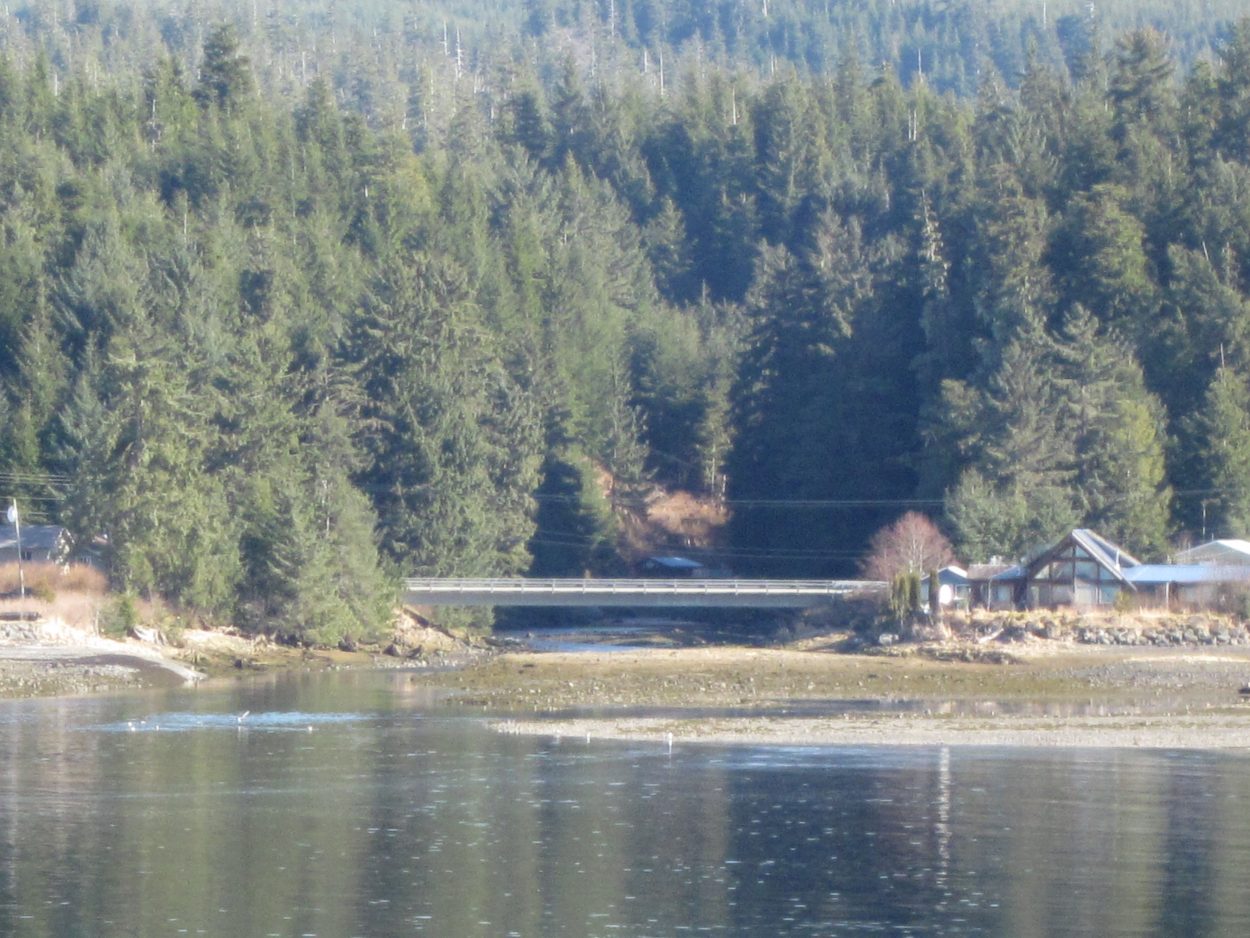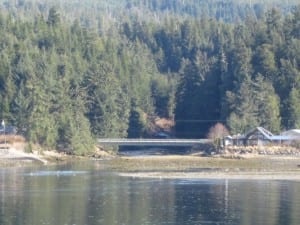The small Southeast village of Kake could see a hatchery run of king salmon in the future.
The Sitka-based Northern Southeast Regional Aquaculture Association applied for a permit change for a new remote release of up to 200,000 Chinook at Gunnuk Creek in Kake.
NSRAA general manager Steve Reifenstuhl told a Regional Planning Team meeting earlier this month in Petersburg the hatchery organization has not decided to do the new release yet but wanted the option. “And it would primarily test whether we get better survival and the interception by the troll fleet and also it’d be a huge benefit to the people of Kake,” Reifenstuhl said. “It would be right off Gunnuk Creek, so obviously these fish would go right in the creek if they’re not caught, I’m sure they’d all be harvested. Since there’s a barrier upstream people would be in there taking them out of there. Plus they’d fish them sport fish right out in front.”
Regional planning teams made up of managers and industry representatives make recommendations to the commissioner of Fish and Game for fishery enhancement programs and permit changes.
For this change, the king salmon smolt would come from NSRAA Hidden Falls Hatchery on Baranof Island. They’d be held in a net pen in salt water near Kake before they were released. The program would be similar to a new king salmon release started at City Creek near Petersburg this year.
Reifenstuhl said he expected trollers would be able to catch some of the kings around Kuiu Island.
The regional planning team recommended that permit change unanimously.
The planning team also recommended a permit change for the Ketchikan-based Southern Southeast Regional Aquaculture Association. That would allow for an increase of six million summer chum eggs at SSRAA’s facility at Burnett Inlet on Etolin Island near Wrangell.
SSRAA general manager John Burke explained the additional production could help the organization reach its egg take goals and take some strain off another SSRAA facility at Neets Bay. “The real reason is we want a backup for Neets Bay, in case something goes sideways someday at Neets Bay. I don’t think the six million eggs will supply adults that will supply more than about 20 million, 30 million eggs,” Burke said. “But that 20 million, 30 million eggs could mean whether we reach our program goals or not.”
Neets Bay is about 40 miles north of Ketchikan and is SSRAA’s only source for summer chum.
The additional eggs at Burnett could also be used for a new remote release site at Port Asumcion near Prince of Wales Island.











